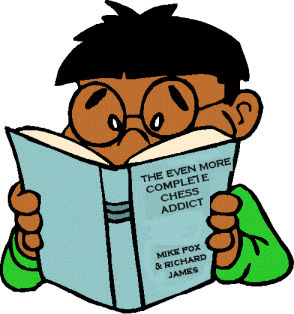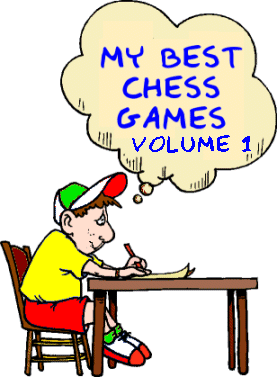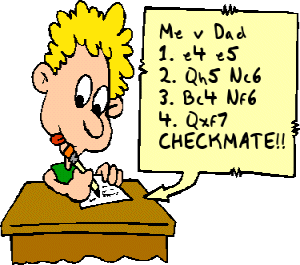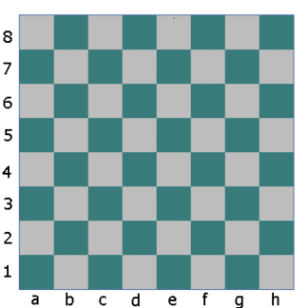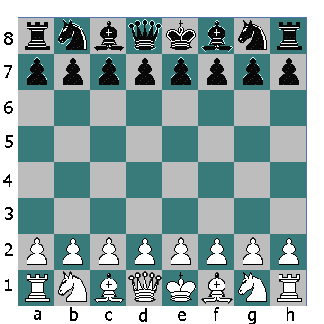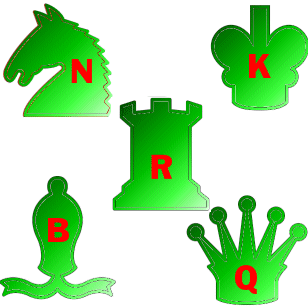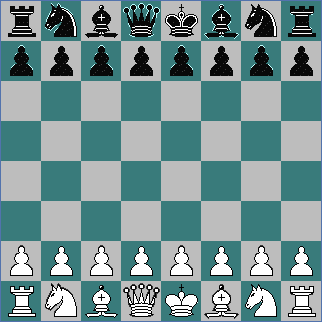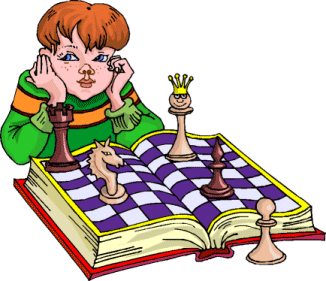
OK, yes, there's also a VERY GOOD REASON why I want you to learn it.
Each square has a name.
It's MUCH EASIER for me to talk about "the Knight on f6" than to say "the Knight in front of the Pawn in front of the Bishop next to the King".
If you don't like it, tough!



